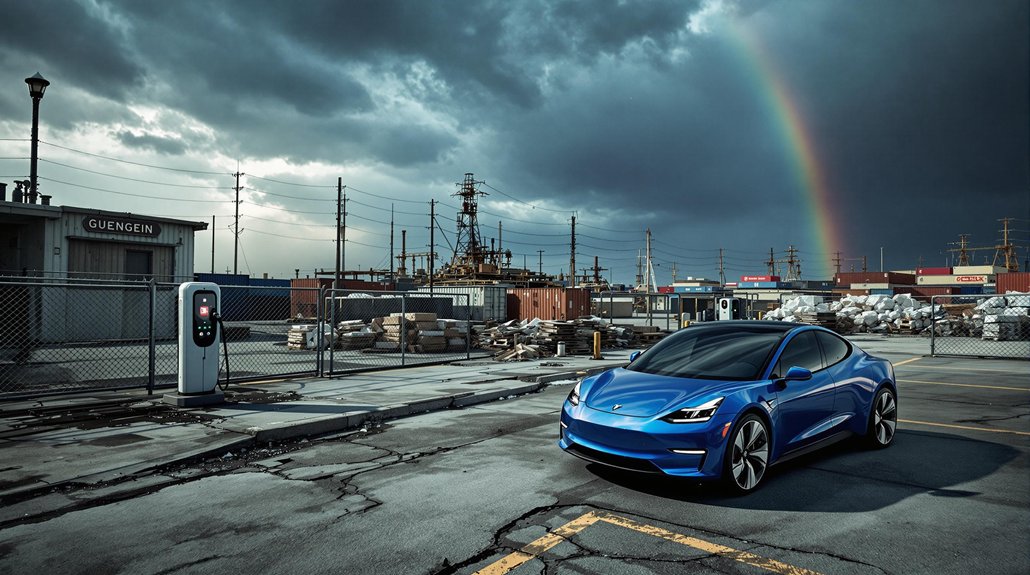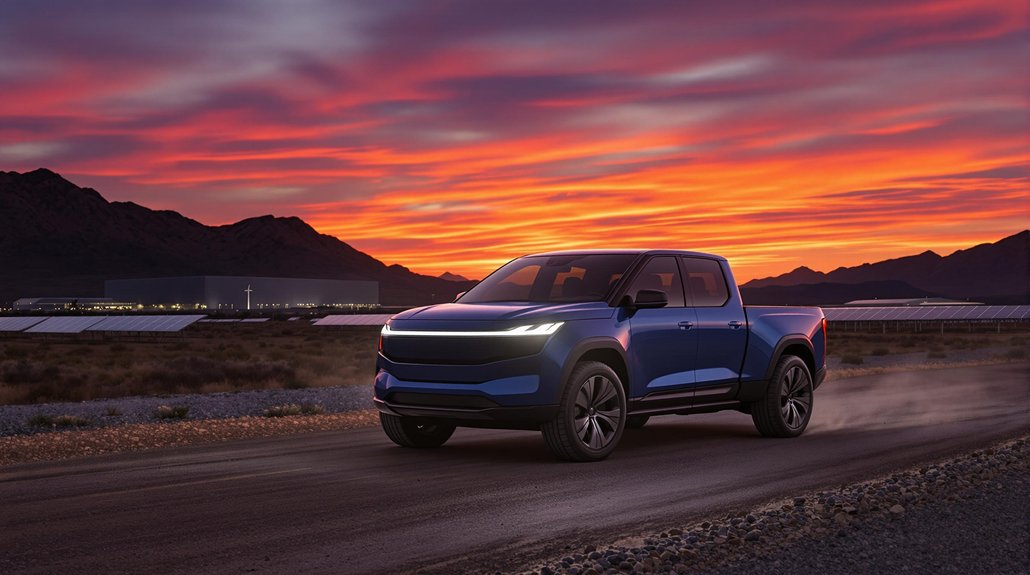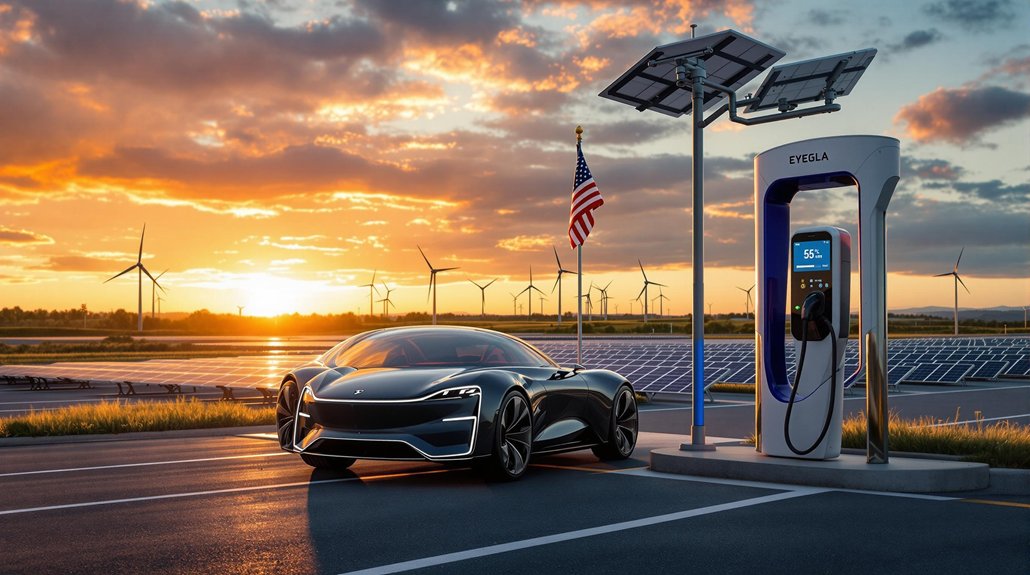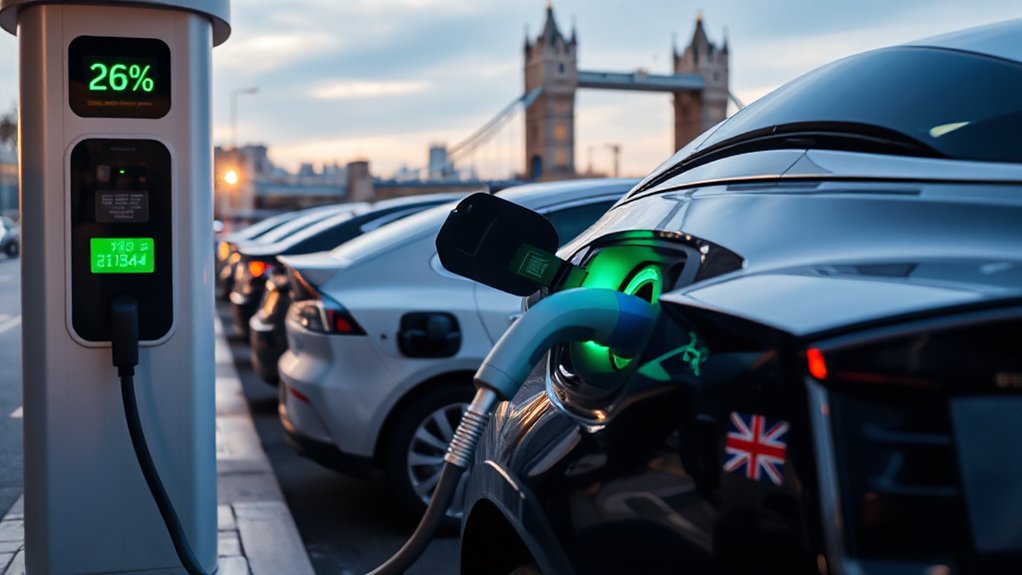Despite record sales of 13.9 million EVs in 2023, the electric revolution faces serious obstacles. China dominates with 65% of global sales while Western markets struggle to catch up. Persistent issues include charging infrastructure gaps ($35,800 per fast charger!), semiconductor shortages, and consumer hesitation over range and cost. Factory retooling costs billions. Price wars are squeezing profits for everyone. The road to electrification isn’t as smooth as the headlines suggest.
While global electric vehicle sales accelerate—reaching a staggering 13.9 million units in 2023—the EV revolution faces serious growing pains. Projections show a 20% increase to 16.7 million units by 2025, but beneath these impressive numbers lurks trouble. China dominates with 65% of global sales while the EU and US lag behind. Good luck catching up, Western markets.
The supply chain is a mess. Semiconductor shortages aren’t going away anytime soon. Battery materials? Limited. Costs? Rising. And let’s not forget how geopolitical tensions are throwing wrenches into the works. Trade restrictions on critical minerals create bottlenecks that manufacturers can’t easily navigate. It’s hard to build cars when you can’t get the parts.
Supply chain chaos persists—scarce chips, limited materials, rising costs. Geopolitical tensions turn critical mineral access into a high-stakes game.
Charging infrastructure remains woefully inadequate. Fast chargers cost an average of $35,800 to install—not exactly pocket change. The grid can barely handle current demands in many regions. Urban areas get all the charging love while rural drivers are left in the lurch. Oh, and different charging standards don’t play nice together. Shocking, right?
Consumers aren’t fully convinced either. Range anxiety persists despite technological advances. EVs still cost too much upfront for average buyers. Try finding an affordable EV with decent range and features—it’s like hunting unicorns. Many potential buyers don’t even understand the benefits or available incentives. Second-quarter sales may show a 23% increase, but this growth has been heavily dependent on aggressive discounting that isn’t sustainable long-term. And everyone worries about expensive battery replacements down the road.
Manufacturing challenges compound the problem. Retooling factories costs billions. Workers need retraining. Companies must juggle declining ICE production alongside growing EV demands. China already faces overcapacity issues while others struggle to scale up. High tariff imposition from the incoming US administration threatens to further disrupt international automotive trade and increase component costs.
Meanwhile, competition intensifies. Traditional automakers are finally waking up, Chinese brands are expanding globally, and everyone’s fighting over limited battery supplies. Profit margins? Shrinking due to price wars. Smaller startups will inevitably get crushed.








